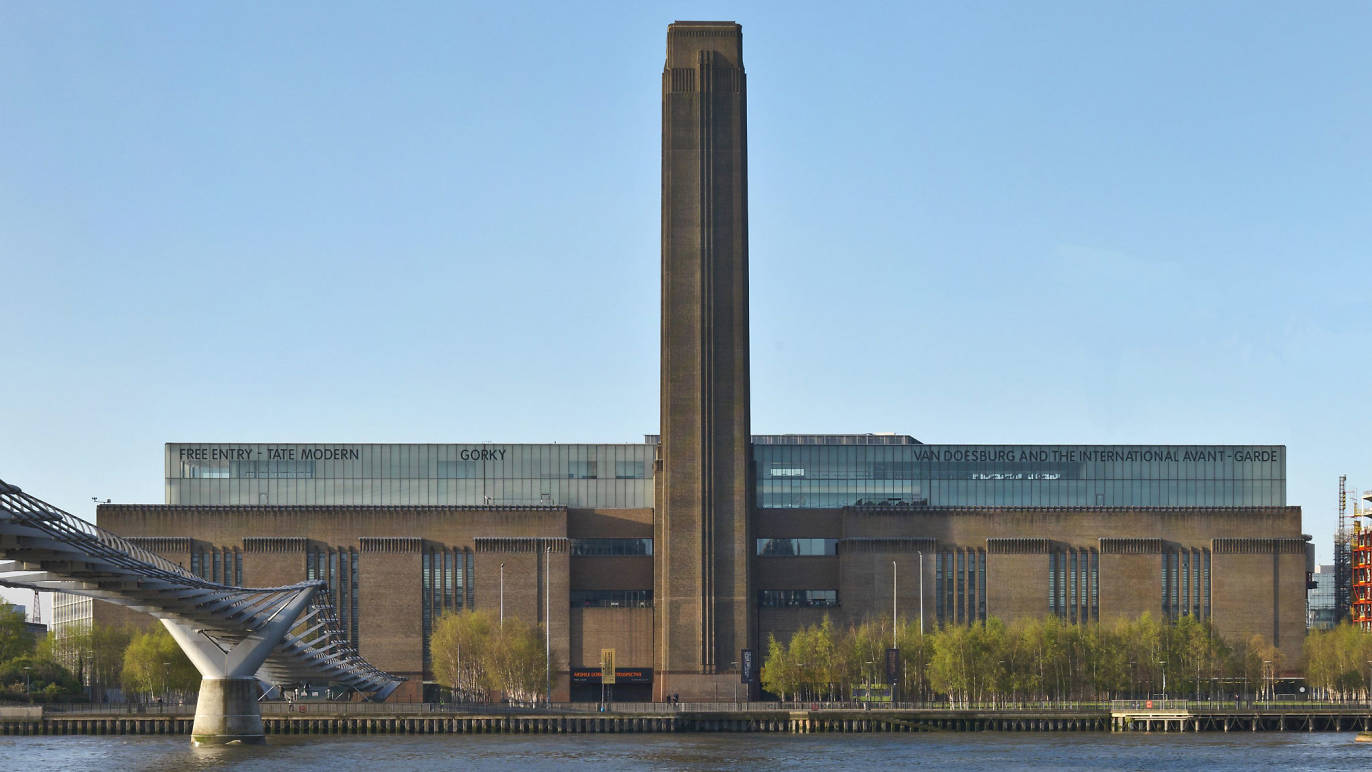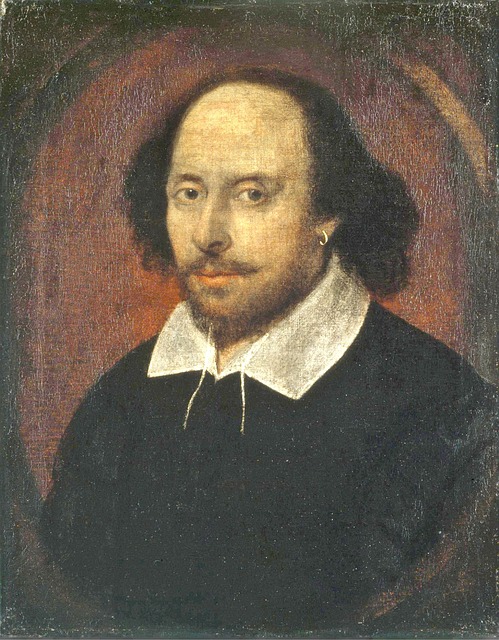Difference between revisions of "Tate Modern"
From Londonhua WIKI
Ekmceachern (talk | contribs) |
Vnmercouris (talk | contribs) |
||
| Line 34: | Line 34: | ||
<br><br> | <br><br> | ||
[[File: Articlepicture.jpg|x350px|right|thumb|frame|Representative Image]]<br> | [[File: Articlepicture.jpg|x350px|right|thumb|frame|Representative Image]]<br> | ||
| + | |||
| + | ===Monument 1980-1=== | ||
| + | Monument 1980-1 gives viewers the chance to privately listen and remember in the setting of a public memorial. This installation consists of 41 photos taken by Susan Hiller of Victoria memorial plaques that were found in a London park. These plaques commemorate an ordinary person who died while performing an act of heroism. In front of the plaques sits a bench with a cassette player where a single person can listen to a commentary done by Hiller on death, memory and representation read my Hiller. The artist also uses this piece of work to memorialize herself as the voice in the artwork. Only one person at a time can listen to the recording forming a one-on-one connection with the artist. Also as the listener sits in the bench with there back to the photographs, the listener is facing the audience and is seen as a part of the artwork for a moment. | ||
=References= | =References= | ||
Revision as of 10:18, 15 May 2017
 Tate Modern | |
| Director | Frances Morris |
|---|---|
| Established | 2000; 17 years ago |
| Location | Bankside, London SE1 9TG, UK |
Overview
The paragraph should give a three to five sentence abstract about your article. PLEASE NOTE: this article template has only a few sections as examples, but your actual article contributions should have many relevant sections and subsections. Please start to block out and complete those sections with relevant information such as the very objective, fact-based, and heavily referenced "who, what, when, where, and why" about this article. Articles don't just have to be huge buildings; individual artifacts and lesser-known people, places, and things count as article topics! Don't forget to include relevant category tags for each article!
Contents
Background
Tate Modern is included as part of the Tate group which also includes Tate Britain, Tate Liverpool, Tate St Ives, and Tate Online. The Gallery includes both British and International modern and contemporary art. It is one of the largest contemporary art museums in the world and was established in the year 2000. In the first year that Tate Modern was opened it received over 5.25 million visitors and continues to attract visitors today.
Exhibitions
Artist and Society
The Artist and Society collection aims to show the relationships between artists and social ideas and problems. The art features ranges from scenes of Civil War to protest to "utopia". This gallery is all about the way that artists express social realities through their art forms, whether that is through painting or sculpture or even photography and video. Some of the artists featured in the exhibit are Salvador Dalí and Richard Hamilton. To read more about the gallery click here.
Media Networks
This exhibit portrayed the excitement and anxiety generated by the modern city. Artists captured the speed of modern transportation, the rate of industrialization, and the transformative power of technology. The focus of their works mostly consisted of social setting and situations. The developments of new techniques and styles allowed artists to better portray their meaning to make their piece more impactful for the viewer. To learn more about this exhibit click here
Monument 1980-1
Monument 1980-1 gives viewers the chance to privately listen and remember in the setting of a public memorial. This installation consists of 41 photos taken by Susan Hiller of Victoria memorial plaques that were found in a London park. These plaques commemorate an ordinary person who died while performing an act of heroism. In front of the plaques sits a bench with a cassette player where a single person can listen to a commentary done by Hiller on death, memory and representation read my Hiller. The artist also uses this piece of work to memorialize herself as the voice in the artwork. Only one person at a time can listen to the recording forming a one-on-one connection with the artist. Also as the listener sits in the bench with there back to the photographs, the listener is facing the audience and is seen as a part of the artwork for a moment.
References
If appropriate, add a references section
External Links
If appropriate, add an external links section
Image Gallery
If appropriate, add an image gallery
